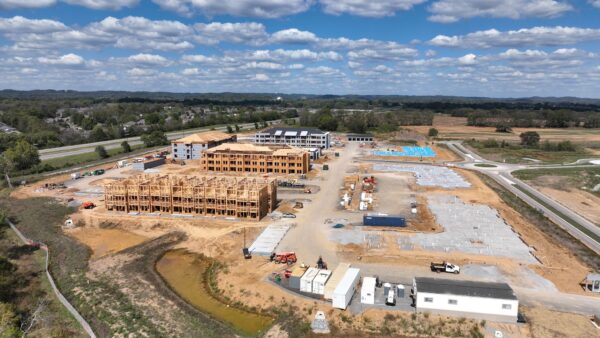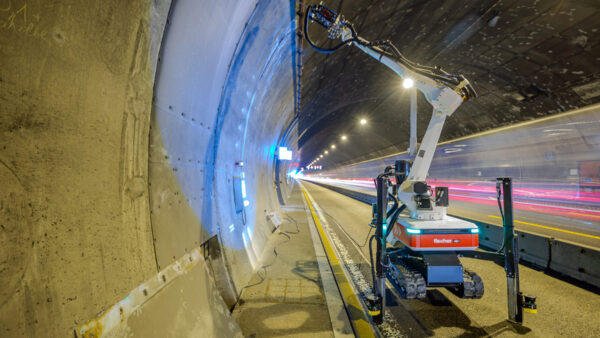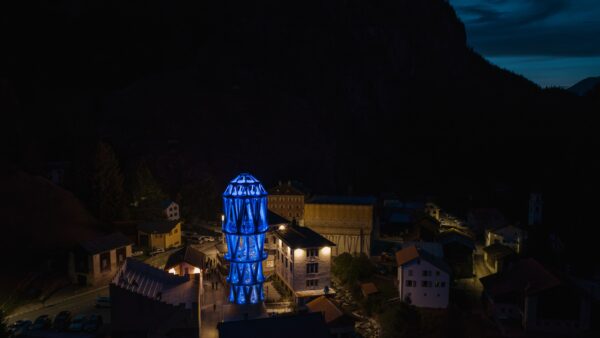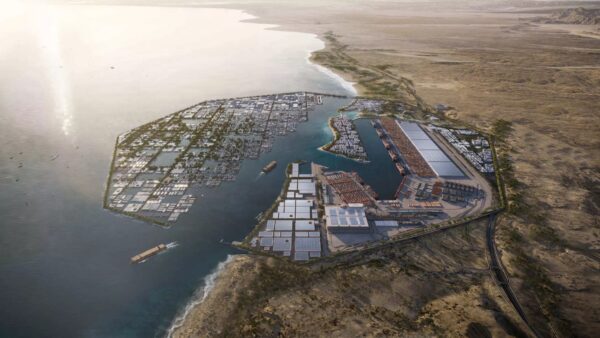The European Space Agency (ESA) and the Australian Space Agency have announced the construction of a second 35m deep space radio antenna at the New Norcia station, 140km north of Perth in Western Australia.
The 620-tonne Deep Space Antenna 2 (DSA 2) will cost €45m to build and, when complete, will be sensitive enough to detect signals “far weaker than a mobile phone on the surface of Mars”.
In fact, the dishes can communicate with spacecraft as far out as 1.5 billion kilometres – about the distance from Earth to Saturn – which they do by targeting the area of sky where the spacecraft is. Â
The first DSA was completed in 2002, and was designed to communicate with the ESA’s Mars missions, among others. DSA-1 also provides support to missions operated by other agencies under resource-sharing agreements. The ESA has two other facilities, one in Malargüe, Argentina, and another in Cebreros, Spain.
These will be used to control the growing number of deep space missions that are being undertaken, such as the ESA’s ExoMars rover, due to be rolling over the surface of the red planet next year.
The sensitivity of DSA 2 will be enhanced by a new technique in space communications technology: an “antenna feed” that will be cooled to -263°C, thereby increasing data return by up to 40%. The ESA describes an antenna feed as “a gizmo used to transmit and receive deep space signals”.
Josef Aschbacher, the director-general of the ESA, commented: “We are happy to announce the latest addition to ESA’s state-of-the-art deep space communication network and this important next step in our relationship with the Australian Space Agency.
“The ESA’s network is crucial infrastructure that helps enable cooperation and cross-support with missions flown by partners like Nasa, Japan’s Jaxa and other agencies, and this boosts science return and efficiency for all involved.”
The dish will be built by a contractor from an ESA member state. Construction is due to be completed in 2024.
Image: The DSA 1 in Western Australia (ESA)
Further reading:






